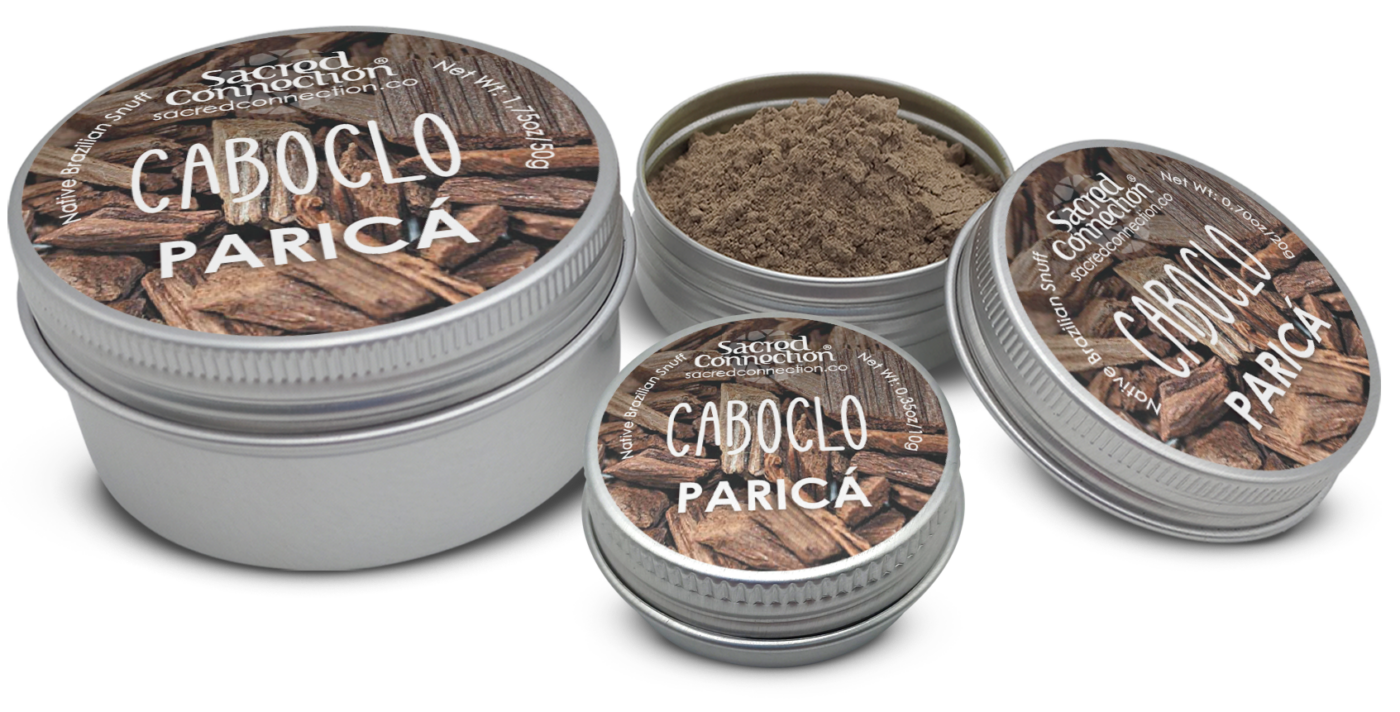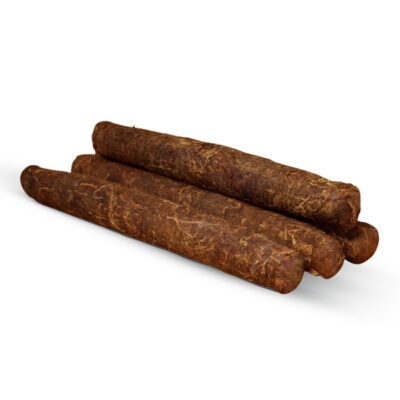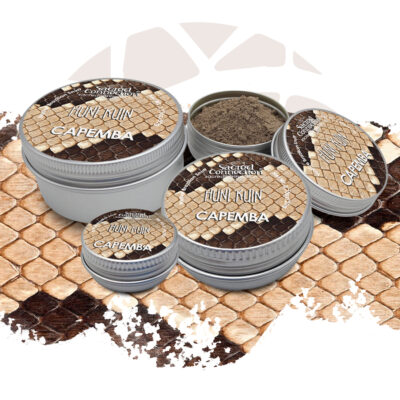De betekenis van Caboclo
In de Braziliaanse cultuur, meer specifiek voor de volkeren die in het Amazonewoud leven, draagt het woord Caboclo de betekenis van de vereniging van verschillende culturen: mensen die als Caboclos worden beschouwd zijn van gemengde afkomst, vaak een genealogische combinatie van Europees, inheems en Afrikaans erfgoed en genetica. Deze versmelting betekent ook de integratie van verschillende gewoonten en gebruiken in het dagelijks leven van de gemeenschappen die door hen zijn samengesteld.
Sjamanistische snuiftabak gemaakt en geproduceerd door caboclos dragen vaak dezelfde naam en weerspiegelen de gemengde aspecten van alle culturen die deel uitmaken van hun individuele geschiedenis en afstamming. Dergelijke rapés worden meestal beschouwd als de meest krachtige variaties van dit heilige medicijn, omdat hun recept meestal rustieke tabaksbladeren bevat, en er zijn lokale historische verslagen die vertellen over het gebruik van Caboclo snuiftabak door Pajés (sjamaan genezers) tijdens hun spirituele reizen, tijdens ceremonies en rituelen, vooral die bedoeld zijn voor genezing en die meditatie en transcendentie inhouden.
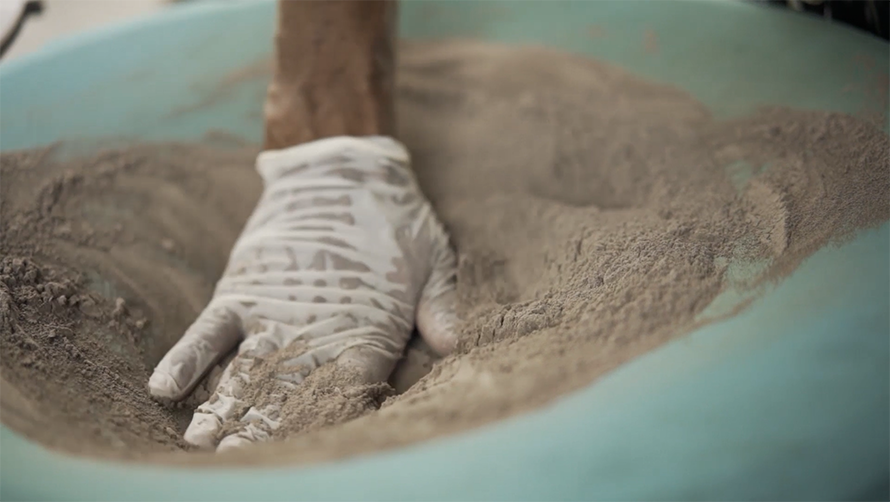
Boom met vele namen
Braziliaanse Vuurboom, Torenboom, Varenboom, Xinxá, Paricá, Pashaco, Cerebó, Schizolobium amazonicum. Deze opmerkelijke plant komt oorspronkelijk uit Midden- en Zuid-Amerika en is vaak te vinden in de regio's Colombia, Peru, het zuiden van Venezuela en het noordwesten van het Braziliaanse Amazonegebied. Het is een boom die een grote hoeveelheid zaden kan produceren en vrij hoog kan worden, ongeveer 25 meter hoog, als hij volwassen is, in een relatief korte tijd (ongeveer 4 tot 5 jaar).
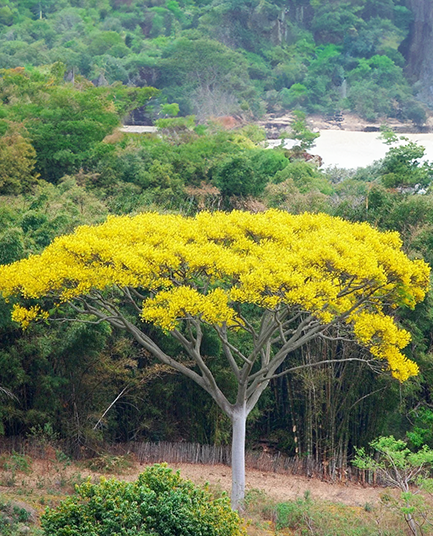
Hij gedijt goed in heet, tropisch weer en zijn stam, hoewel hij dun lijkt, is in feite vrij robuust en resistent. De kroon wordt levendig en helder met spectaculaire gele tinten als de bloemen bloeien en de lucht vullen met een uniek, heerlijk parfum.
Cultureel gezien wordt de vrucht gebruikt als therapeutische behandeling voor ademhalings- en voortplantingsproblemen, terwijl de gom van de bast vaak wordt gebruikt bij het maken van infusies, siropen en zelfs verf. Van dit extract kunnen medicijnen worden gebrouwen die hoesten en de symptomen van kneuzingen en reuma verlichten.
Bekijk deze video om de Paricá boom in zijn natuurlijke omgeving te zien en er iets meer over te leren! Vergeet niet de Engelse ondertiteling aan te zetten.
De reis van het meesterbrein
Jesse Nunes de Paula, een in het Amazonewoud geboren en getogen Rapé-maker, deelt met ons de ingewikkelde en experimentele reis die hij heeft doorgemaakt met zijn studie naar geneeskrachtige planten, van het nemen van sjamanistische snuiftabakjes die algemeen werden gebruikt door zijn broers tot de verlichting die resulteerde in de creatie van iets nieuws en unieks, dat nu bekend is onder talloze leden van zijn gemeenschap en beoefenaars van natuurlijke geneeswijzen over de hele wereld.
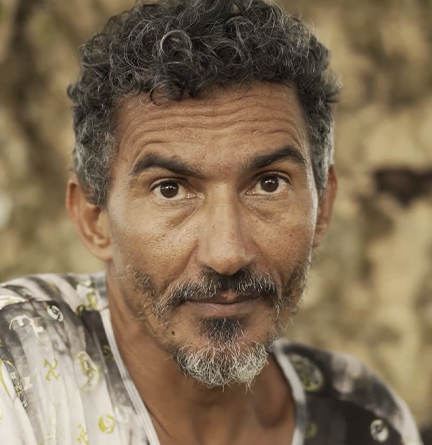
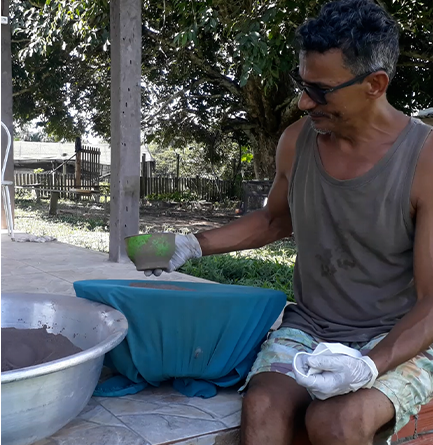
In an interview for Sacred Connection, he explains that the creation of his Caboclo Paricá Rapé was “an experiment, a revelation.” Its name comes from a tree that is usually referred to as Xixá, but which Jesse refers to as Paricá; this plant was a source of inspiration and insight, as it represents and offers, as part of the snuff, a deep connection with Mother Earth’s powers. Jesse explains that this potent energy can be felt especially around the head area, but that, by taking his rapé, people can feel it flowing all through their body.
Deze meester rapémaker vertelt vervolgens hoe het delen van de rapés van hem en zijn broers met de wereld zijn dorp en volk heeft geholpen zich te ontwikkelen. De inkomsten uit deze verkoop zorgen voor duurzaamheid en helpen hen te werken met de natuurlijke hulpbronnen die hen omringen, terwijl het ook nog een reden is om te helpen bij het herbebossingsproces, aangezien elk heilig medicijn vraagt om verschillende soorten planten die natuurlijk zijn voor de inheemse regio's waar ze wonen.
Ga op deze heldere reis met onze broer,
Jesse, en leer alles over zijn
Caboclo Paricá rapé!
